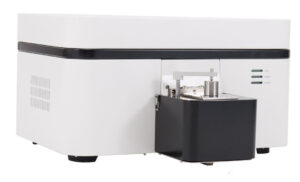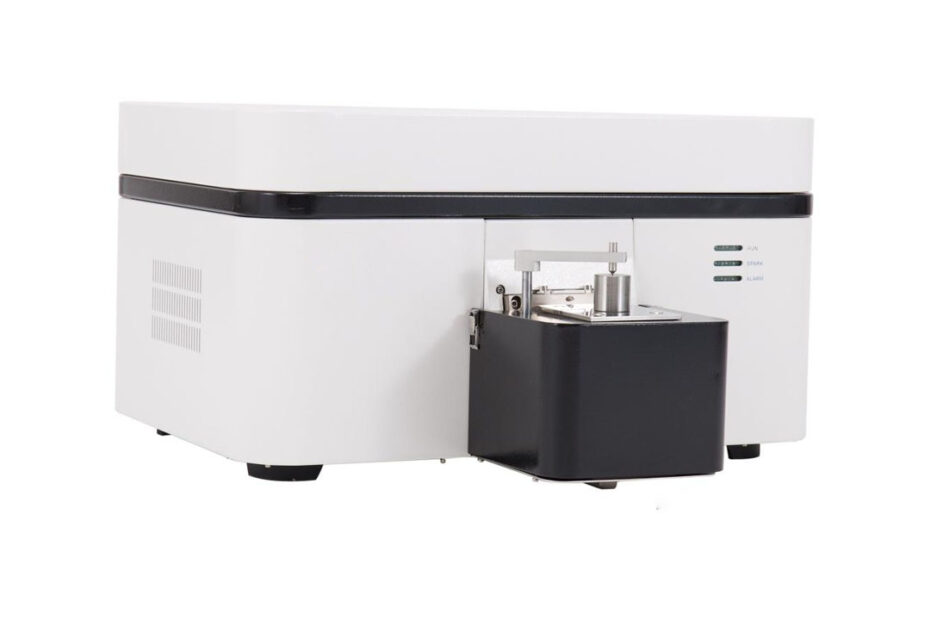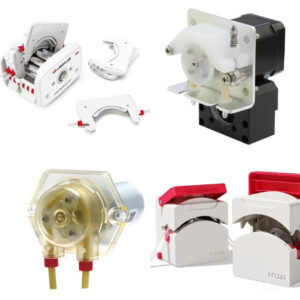A spectrometer is a scientific instrument that decomposes complex light into spectral lines, captures and analyzes light information to determine what elements are present in an object.
For example, the seven colored light in sunlight is visible to the naked eye (visible light), but if sunlight is decomposed by a spectrometer and arranged according to wavelength, visible light only occupies a small range of the spectrum, and the rest are spectra that cannot be distinguished by the naked eye. Such as infrared, microwave, ultraviolet, X-ray, and so on.

There are many types of spectrometers, and common spectrometers include atomic emission spectrometers, atomic absorption spectrometers, molecular absorption spectrometers, atomic fluorescence spectrometers, infrared spectrometers, Raman spectrometers, etc.
Spectrometers are widely used in the detection of air pollution, water pollution, food hygiene, and metal industry.
How is peristaltic pump applied in spectrometers?
The spectrometer needs to use the fluid delivery function of the peristaltic pump to push the sample reagent into the instrument for reaction.
There are multiple methods for reagent injection, and here we focus on introducing two commonly used injection methods.
1. Continuous flow method:
Using the sample sample sample injection method, different samples are continuously and uninterrupted transported to the reaction module through a peristaltic pump, allowing the samples to undergo continuous reactions.
2. Intermittent flow method:
By using a computer to control the rotational speed and time of the peristaltic pump, the sample and blank are alternately input into the instrument, which has the characteristics of good stability, high precision, small sampling volume, and easy operation.
Equipped with an automatic sampler, it can achieve operational automation and is widely adopted by domestic instrument manufacturers.
Why do spectrometers choose peristaltic pumps?
There are three main reasons:
1. The use of a Lead Fluid peristaltic pump can effectively prevent measurement errors caused by sample cross infection.
When the Lead Fluid peristaltic pump transmits fluid, the fluid only flows inside the hose, and there is no need for valves and seals in the liquid circuit to avoid dead corners. Therefore, the liquid circuit is easy to clean and has no sample residue.
2. By using the Lead Fluid peristaltic pump, continuous and stable transmission can be achieved with high transmission accuracy.
3. The use of a Lead Fluid peristaltic pump can effectively control costs. Realize the ratio of multiple reagents at a lower cost.

